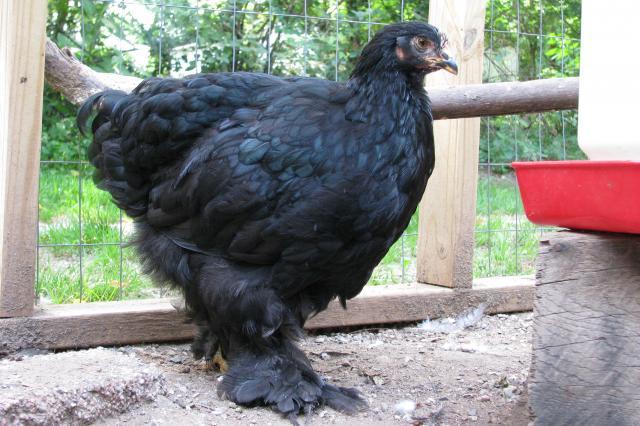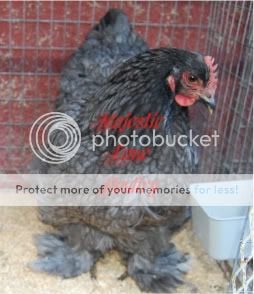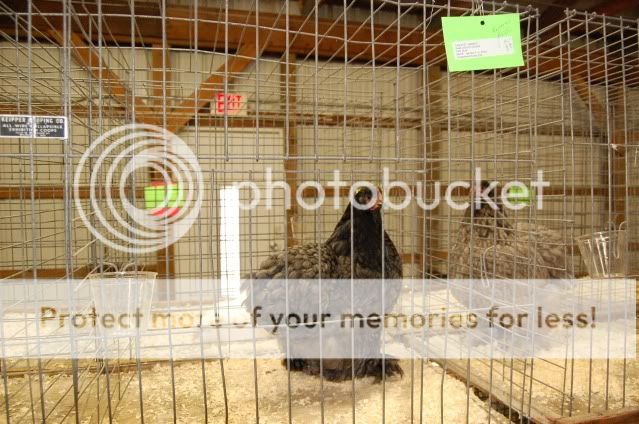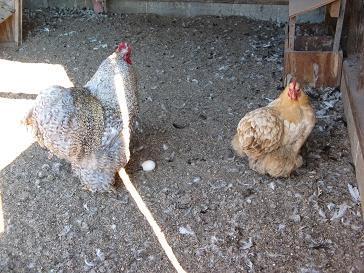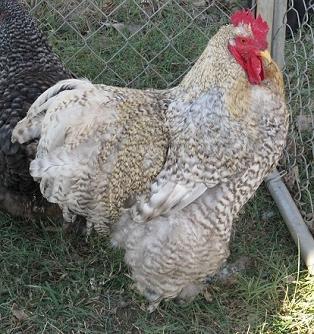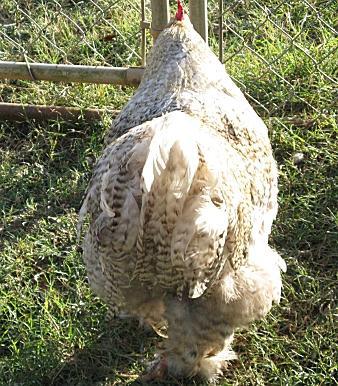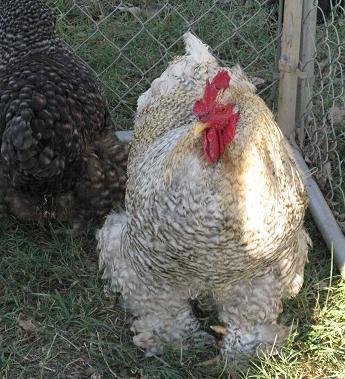Quote:
I found this on the other Cochin thread and copied it. This should answer your question.
cochinman2005 wrote:
BuffyGRL wrote:
Coopa Cabana wrote:
I only have the SOP for Bantams; I believe it's the same for LF, but I'm not positive.
Black: SHANKS & TOES: Yellow or swarthy yellow; plumage black.
Blue: SHANKS & TOES: Swarthy yellow; plumage, same as balance of plumage.
Splash is not listed, as it is not a recognized variety for Bantam Cochins. I think, when in doubt, go with Swarthy Yellow. We have had a lot of discussions regarding exactly what is "swarthy" yellow. Definitely not a bright yellow. I think of it more as a dusky, or dull, yellow.
Hope that helps.
Thank You
Would swarthy yellow include some gray/black on the tops of the feet and shanks? But the bottoms of the feet are yellow?
Everthing that Coopa has posted from the Standard is 100% correct. The problem with the text in any book describing a "standard" is that it's somewhat open to interpretation; in some instances at least. Swarthy yellow. Swarthy is defined as "of a dark color, complexion, or cast." My interpretation of swarthy yellow is: yellow with a tendency toward black, but not black. Totally Black legs are something different altogether and something you definitely do not want. In a Black or Blue bird is stands to reason that their leg color wouldn't be a crisp bright yellow just by the nature of their overall pigment. You want some yellow showing in the shanks and definitely the bottoms of the feet. The more yellow the legs, the more the males will tend to have white in their undercolor at the base of the tail and in the lower hackle. Males like this are of some value in breeding pullets with good leg color. Not necessarily everyone's cup of tea to resort to a kind of double mating for Blacks, but something that can be done if you are focusing on getting great leg/foot color in your females. The males tend to have better leg/foot color than females. Along the same lines, the Partridge tend to have horn colored legs/feet (sort of brownish red cast), but again, yellow bottoms for sure.
Large Fowl leg/foot color is the same. All Cochins are yellow skinned birds, and therefore require yellow/swarthy yellow legs/feet. The APA Standard of Perfection is certainly a book to own if you are breeding toward the standard. The 2010 edition just came out and it's $59.00 on the APA site.

